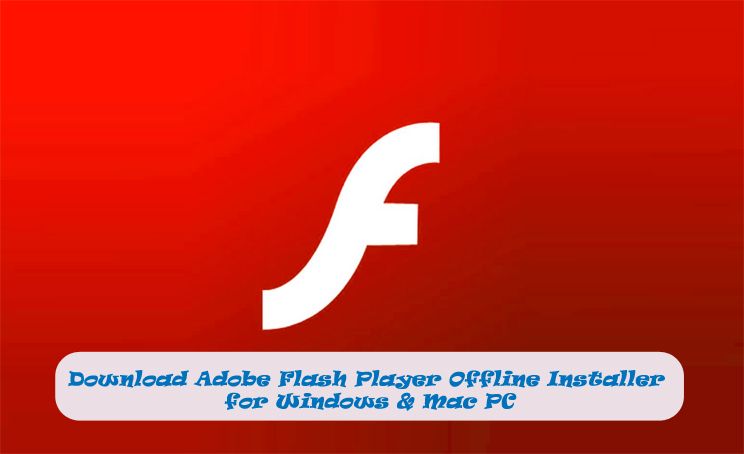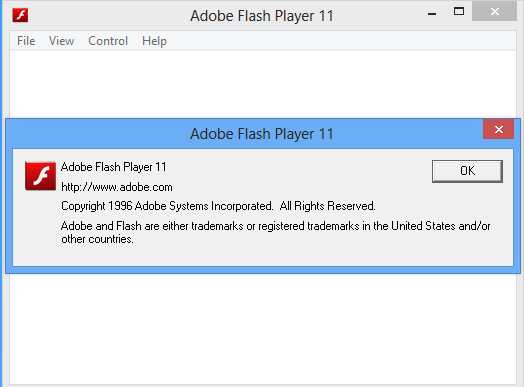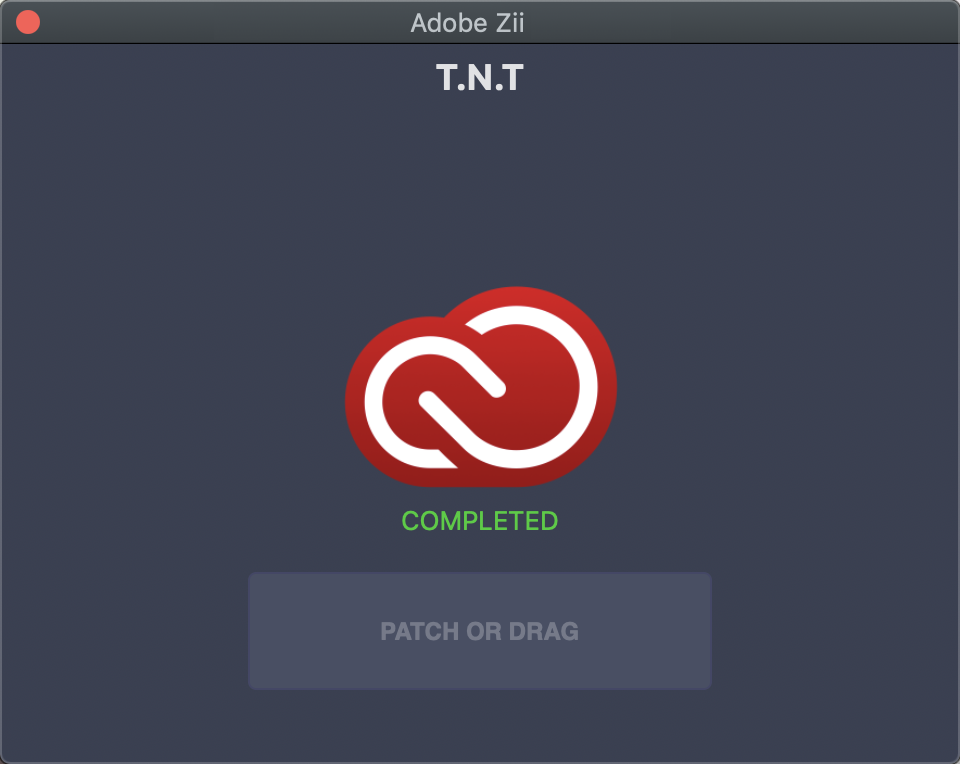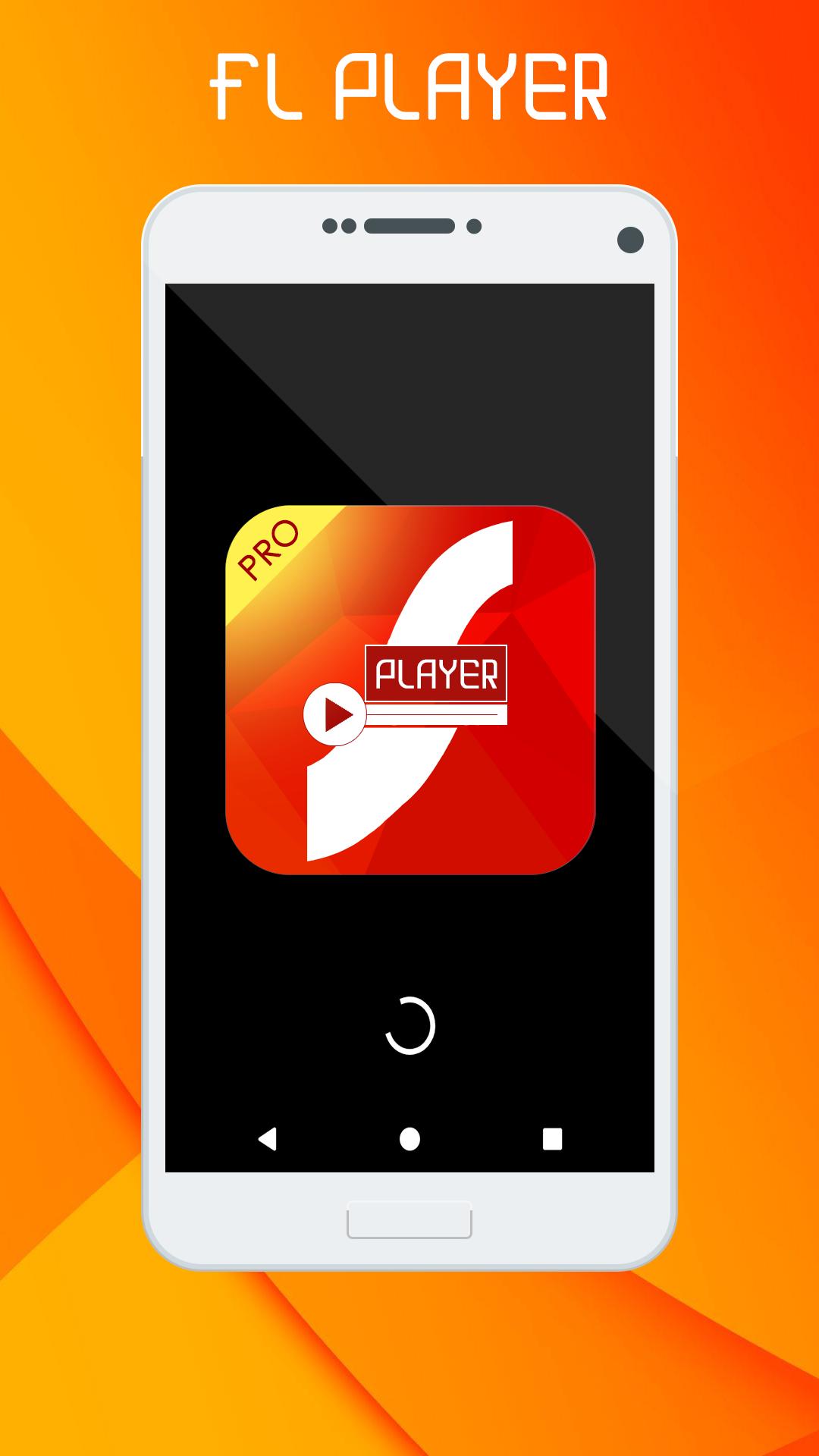

However, history has shown that attackers are quick to target new Flash flaws after a fix becomes available for them. These are the kind of vulnerabilities used in drive-by download attacks launched through compromised websites or malicious ads to install malware on users’ computers.Īdobe is not aware that any of the newly-patched vulnerabilities are being actively exploited by attackers. The safest way, as mentioned, is to simply go to the official website and grab the installer there.Six of the new vulnerabilities patched in Flash Player could be exploited to achieve remote code execution. Adobe's official updater will come to you in the form of a Windows program, and only if you have the option set inside the Flash Player app to check for updates automatically. And for future prevention, if you ever experience a situation where a plea to upgrade your Flash comes to you via way of a webpage that you didn't go to, there's a 99% chance that it's malware - something that you can usually tell by looking at the site URL. Meanwhile, my system-wide Flash is up-to-date - but that means little when Chrome is my go-to browser.īecause Flash is one of the most mimicked tools in the malware game, it's highly recommend that you make sure you update to the latest version direct from the source, which would be here.

Interestingly, while Google Chrome claims to always bundle the latest version of Flash, mine is still stuck on the vulnerable 223 version.

The most common up-to-date version is 15.0.0.239, but if you're running a non- Windows platform, you can see which version corresponds to you here.



 0 kommentar(er)
0 kommentar(er)
